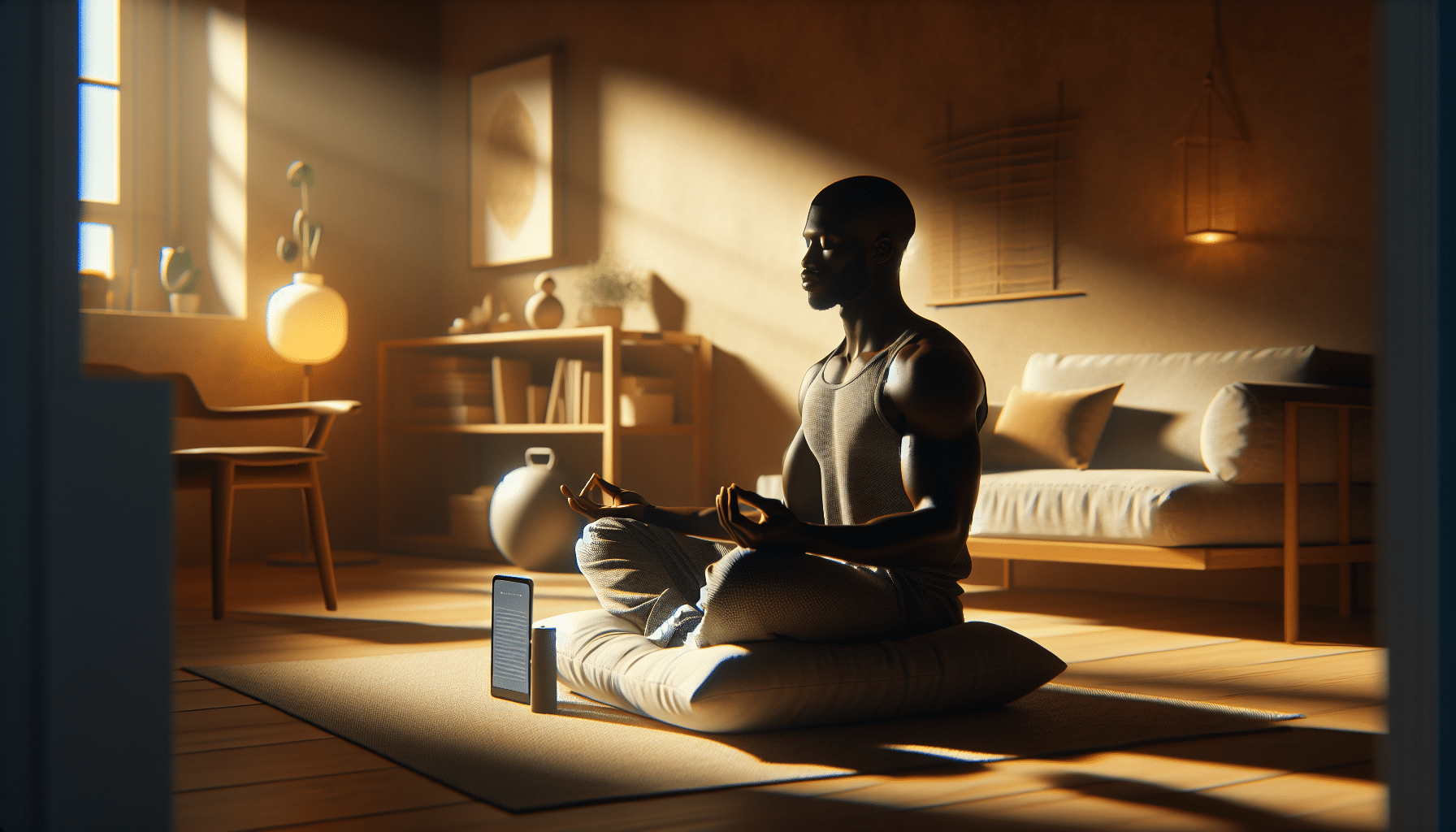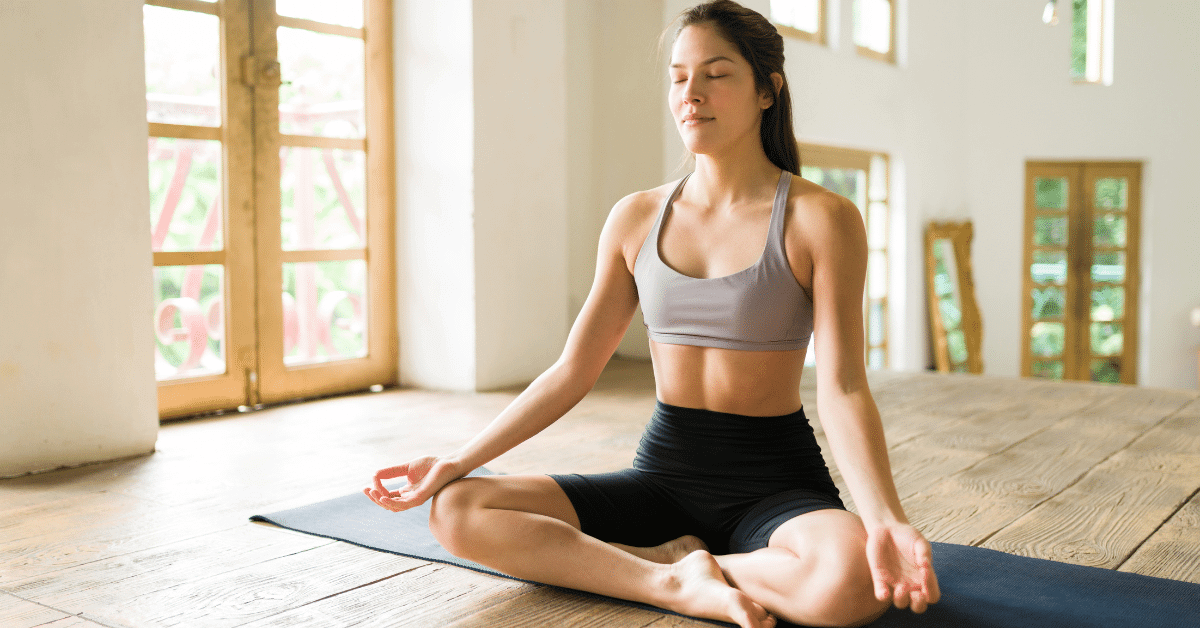Want to start mindfulness meditation? First, find a quiet spot. Make meditation a regular part of your day 1. Early sessions might feel odd as you learn to sit still and clear your mind. Stick with it; it gets easier.
What is mindfulness meditation, and how do I practice it?
Mindfulness meditation is a practice focusing on present-moment awareness. It typically involves breathing techniques and observation of thoughts without judgment. To practice, find a quiet space, focus on your breath, and gently return your attention when your mind wanders. Aim for regular sessions.
This blog is part of a series on “relaxation techniques.” The next blog is about vibration therapy.
Key Elements of Mindfulness Meditation
- Understanding Mindfulness: Focus on the present moment with non-judgmental awareness.
- Starting Your Practice: Begin with short, daily sessions in a quiet space.
- Breathing Techniques: Use your breath as an anchor to bring back wandering thoughts.
- Body Scans: Progressively relax different body parts to enhance body awareness.
- Guided Meditations: Follow audio or video instructions to help focus and deepen your practice.
- Integrating Mindfulness: Apply mindfulness to simple activities like eating, walking, or listening.
- Consistent Practice: Dedicate a specific daily time to meditate and observe improvements over time.
Discover the transformative power of mindfulness with our free downloadable mindfulness exercises pdf. Packed with practical exercises, this guide helps cultivate calm, enhance focus, and reduce stress. Perfect for integrating into your busy life, these easy-to-follow techniques are your first step toward a more mindful and peaceful daily routine.
Core Techniques of Mindfulness Meditation
Mastering mindfulness meditation begins with breath, body, and awareness. Start by focusing on your breath. Notice how it feels as you inhale and exhale. This simple act helps calm your mind. Next, pay attention to your body’s sensations. Feel the chair under you or the ground beneath your feet.

As you meditate, thoughts will interrupt. That’s normal. Don’t judge or chase them. Just return your focus to your breath. This practice of returning attention is the heart of mindfulness. It trains your brain to stay present. Over time, this improves concentration and reduces stress.
Integrate mindfulness into your daily life. Try a minute of mindfulness each hour. Notice the sensations of what you’re doing. It could be the feel of water on your hands or the taste of your food. This keeps you grounded in the now, enhancing everyday experiences.
Guided Meditation: A Path to Mindful Practice
Guided sessions can be a great start if you’re new to meditation. These meditations provide verbal cues from a teacher to help you focus. They often include visualization, which makes the abstract more concrete. For example, imagining a peaceful beach can enhance feelings of relaxation.
Look for free guided meditations online. Many websites and apps offer them. Start with short sessions, maybe 10 minutes. As you get more comfortable, extend the time. This gradual increase helps build your meditation stamina without feeling overwhelmed.
Guided sessions are also perfect for exploring different styles of mindfulness. You might find certain approaches resonate more with you. This variety keeps your practice fresh and engaging, helping maintain your meditation momentum.
Developing a Regular Mindfulness Practice
Consistency is key in meditation. Set a daily time for mindfulness. Even five minutes a day can make a difference. Morning meditations can energize your day, and evening sessions might help you unwind. Stick to your schedule to build this healthy habit.
Expect ups and downs. Some days, meditation will feel easy. On other days, it might be a struggle. That’s all part of the process. Keep going. The benefits, like better sleep and less anxiety, accumulate over time.
| Technique | Benefit | Recommended Frequency |
|---|---|---|
| Breath Focus | Reduces stress, improves concentration | Daily, 10-20 minutes |
| Body Scan | Increases bodily awareness, reduces physical tension | 2-3 times a week, 15-30 minutes |
| Guided Visualization | Enhances relaxation, mental clarity | Weekly, 10-15 minutes |
| Mindful Walking | Improves mood, strengthens mindfulness in daily activities | Daily, 10-15 minutes |
| Mindful Eating | Promotes healthier eating habits, enhances taste appreciation | At meals, 5-10 minutes |
Keep your meditation spot inviting. A comfortable chair or a soft cushion can make a big difference. Make this space your retreat. This physical setup enhances comfort and signals to your brain that it’s time to calm down and focus.
The Role of Mindful Movement in Meditation
Mindful movement integrates physical activity with mindfulness. Try yoga or simple stretching as part of your practice. Focus on your body’s movement and the sensations that arise. This form of meditation can be particularly helpful for those who find stillness challenging.
Start with basic movements. Notice the stretch in your muscles and the rhythm of your breathing. These movements don’t have to be complex. The goal is to connect movement with awareness, enhancing physical and mental flexibility.
Incorporating mindful walking is another great option. As you walk, pay attention to each step. Feel the ground beneath your feet. This practice can be done anywhere, from a park to your living room, making it a versatile addition to your mindfulness routine.
Personal Thoughts
Through mindfulness meditation, I found a powerful tool to manage the stress from my demanding career and personal life. This practice helped me remain calm and maintain control during challenging times.
I significantly reduced my chronic stress by incorporating mindfulness into my daily routine. This method proved effective and measurable, aligning with my analytical approach to problem-solving.
Frequently Asked Questions
What exactly is mindfulness meditation?
Mindfulness meditation is a meditative practice focusing on being intensely aware of what you’re sensing and feeling in the moment, without interpretation or judgment. It involves breathing methods, guided imagery, and other practices to relax the body and mind and reduce stress.
How often should I practice mindfulness meditation?
For beginners, it’s good to start with a few minutes daily, gradually increasing the duration as you become more comfortable. Consistency is key, so aim to meditate at least once a day. This helps to develop mindfulness as a skill and integrate it more effectively into your daily life.
Can mindfulness meditation reduce anxiety and depression?
Yes, numerous studies show that mindfulness meditation can significantly reduce symptoms of anxiety and depression. It helps by altering your reaction to stress and negative thoughts, training your brain to focus on the present moment, which enhances overall emotional regulation.
What are the physical health benefits of mindfulness meditation?
Mindfulness meditation has been linked to a lower heart rate, reduced blood pressure, and improved blood circulation. These benefits help decrease the risk of cardiovascular diseases. It also enhances the body’s immune response, aiding overall physical health.
Do I need special equipment to start practicing mindfulness meditation?
No special equipment is necessary to start practicing mindfulness meditation. All you need is a quiet space where you won’t be disturbed. Some people use a meditation cushion or mat for comfort, but these are not required. Just sit or lie down in a comfortable position and begin.




